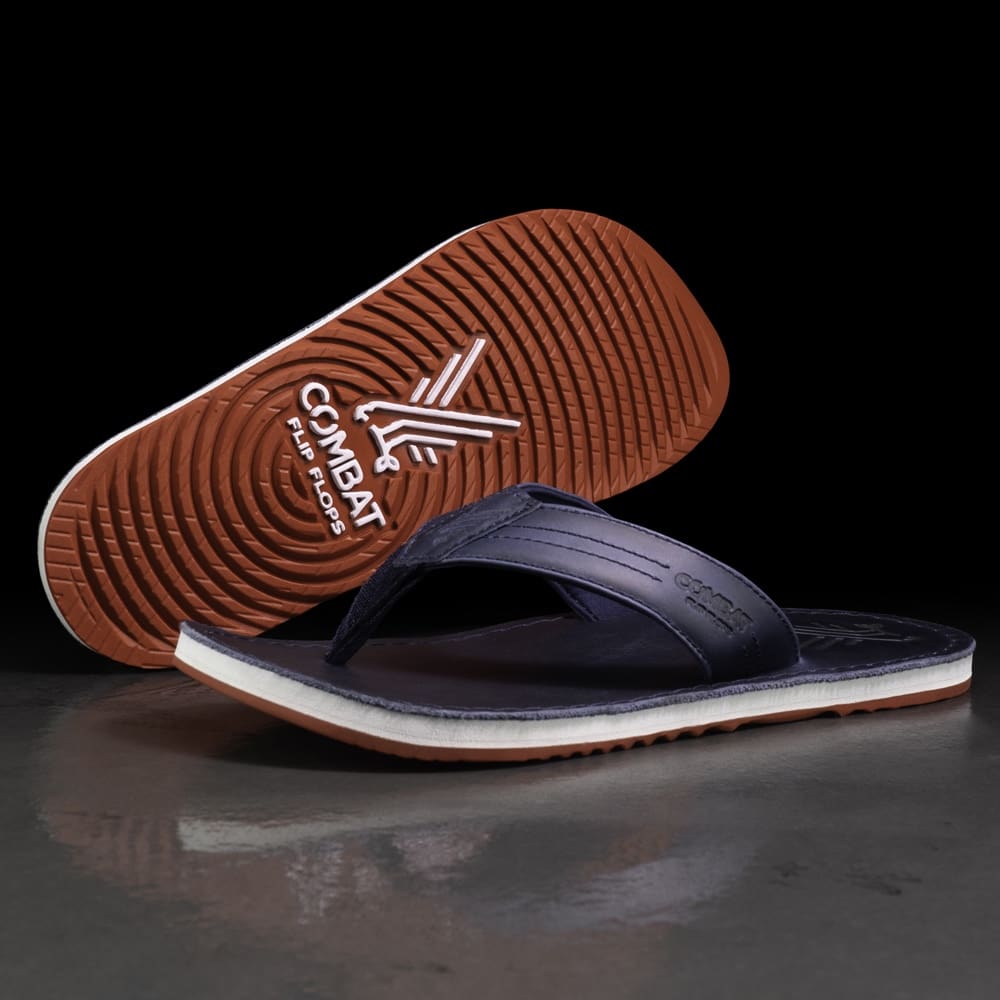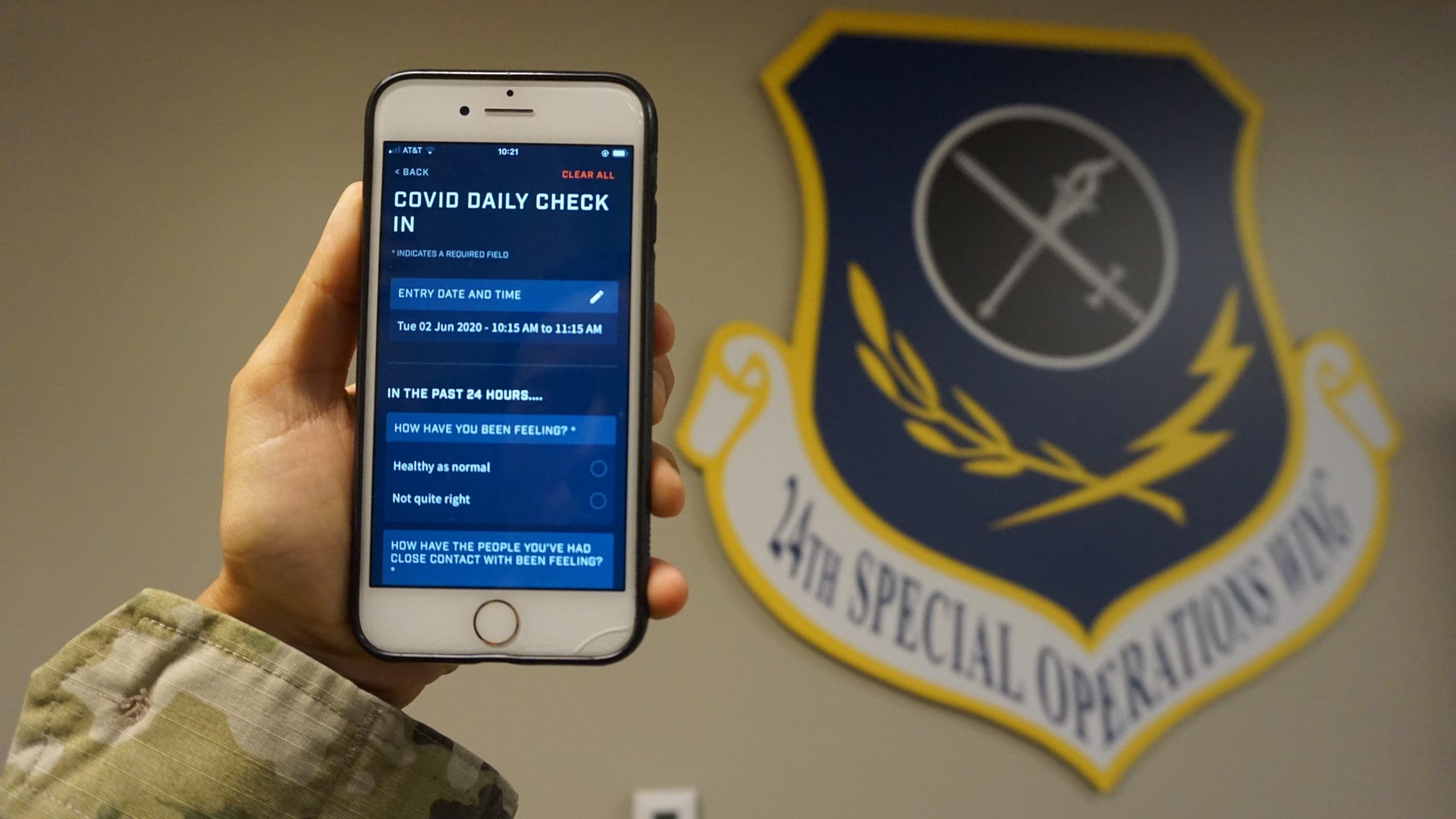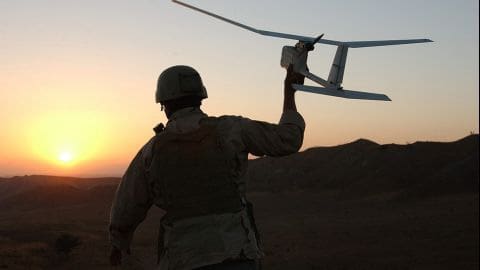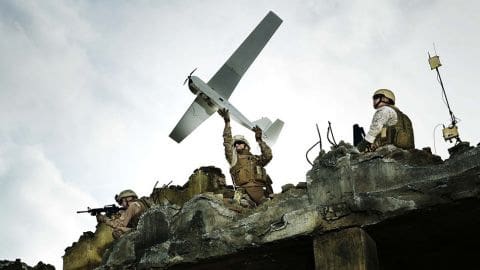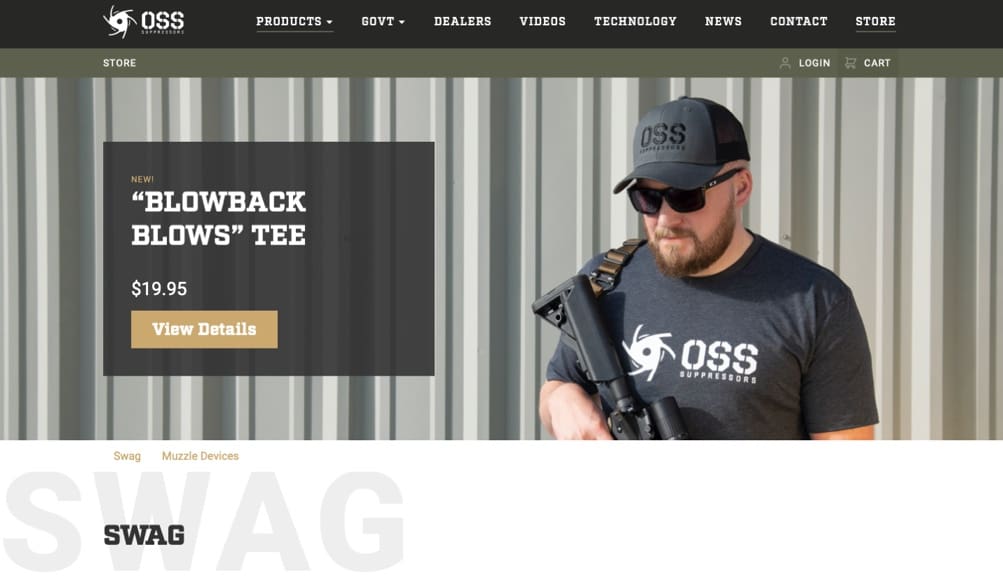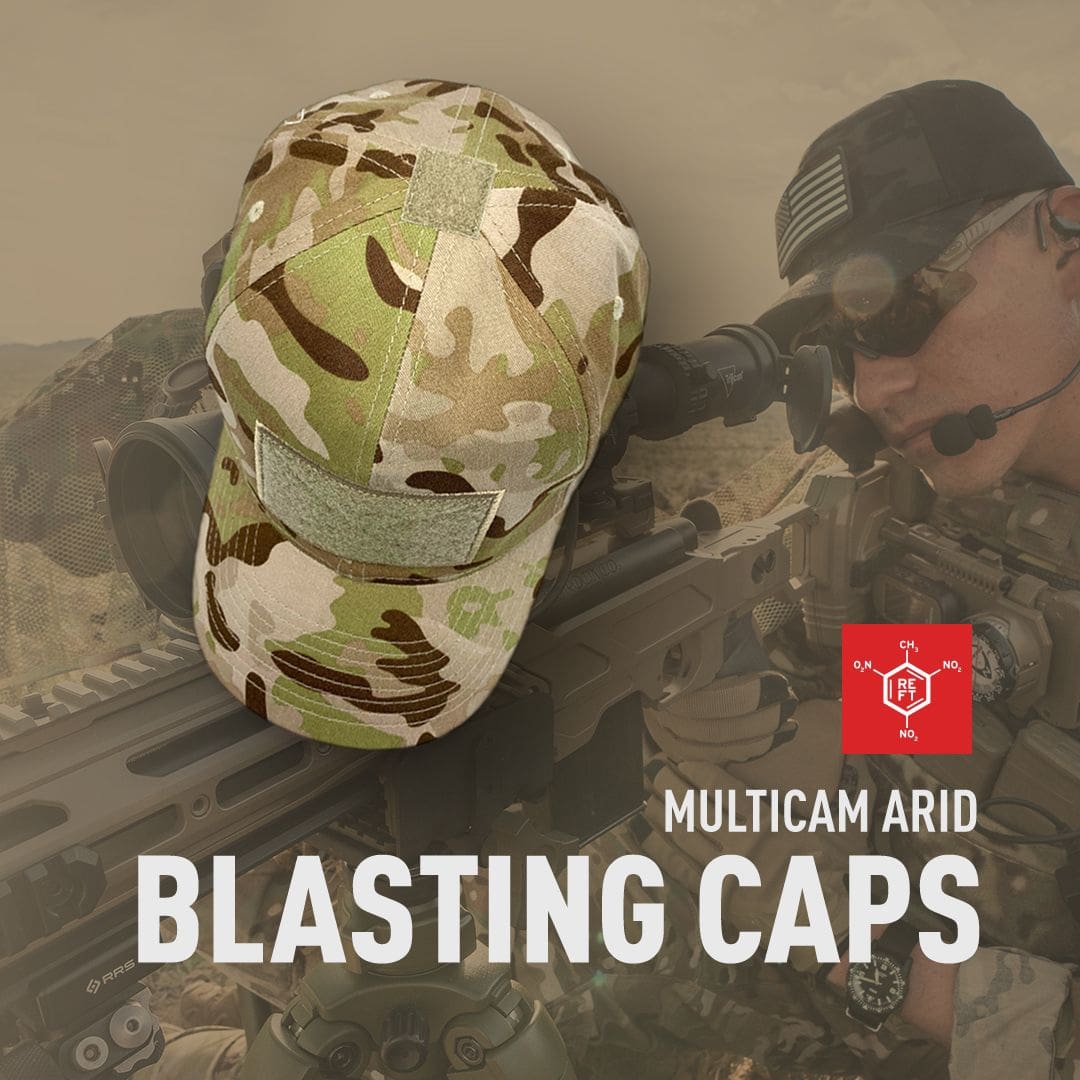This is the first article in a series written by accomplished arctic explorer John Huston and presented by Point6, out favorite sock maker.
H1: Cold Weather Sock Systems and Foot Care
H2: Expeditionary Foot Know How for the Long Haul
H3: Feet are the Expedition
It might seem odd to post an article on cold weather socks in June, but now is the time for units to place orders for equipment needed this winter.

John Huston off the coast of Ellesmere Island in high Arctic Canada, May 2013. © John Huston
In this post we’ll get into how I manage my feet in the cold. We’ll take a look at sock systems, moisture control via vapor barrier liner socks, and discuss foot care in the cold.
Twelve years ago I was having a beer with a Norwegian polar explorer colleague of mine, who came out of Norway’s Marinejegerkommandoen (MJK). We were discussing my upcoming unsupported expedition to the North Pole. “You know,” he said, “when it gets down to it: Preparation is the expedition.”
This kernel of advice quickly became one of my operational pillars. It goes deep into my expeditionary philosophy that reaches back to the golden age of polar exploration at the turn of the 20th century…and it opens up an endless well of related topics that we can dig into down the line.
Some of those historic polar explorers are heroes of mine. Explorers from that era, like Roald Amundsen and Ernest Shackleton, were the astronauts of their time. They filled in the blank spaces on the globe and pushed technology and knowledge forward. And sometimes they really suffered. And sometimes they put on frozen boots in the morning. And sometimes they marched on bloody feet or lost toes to frostbite.
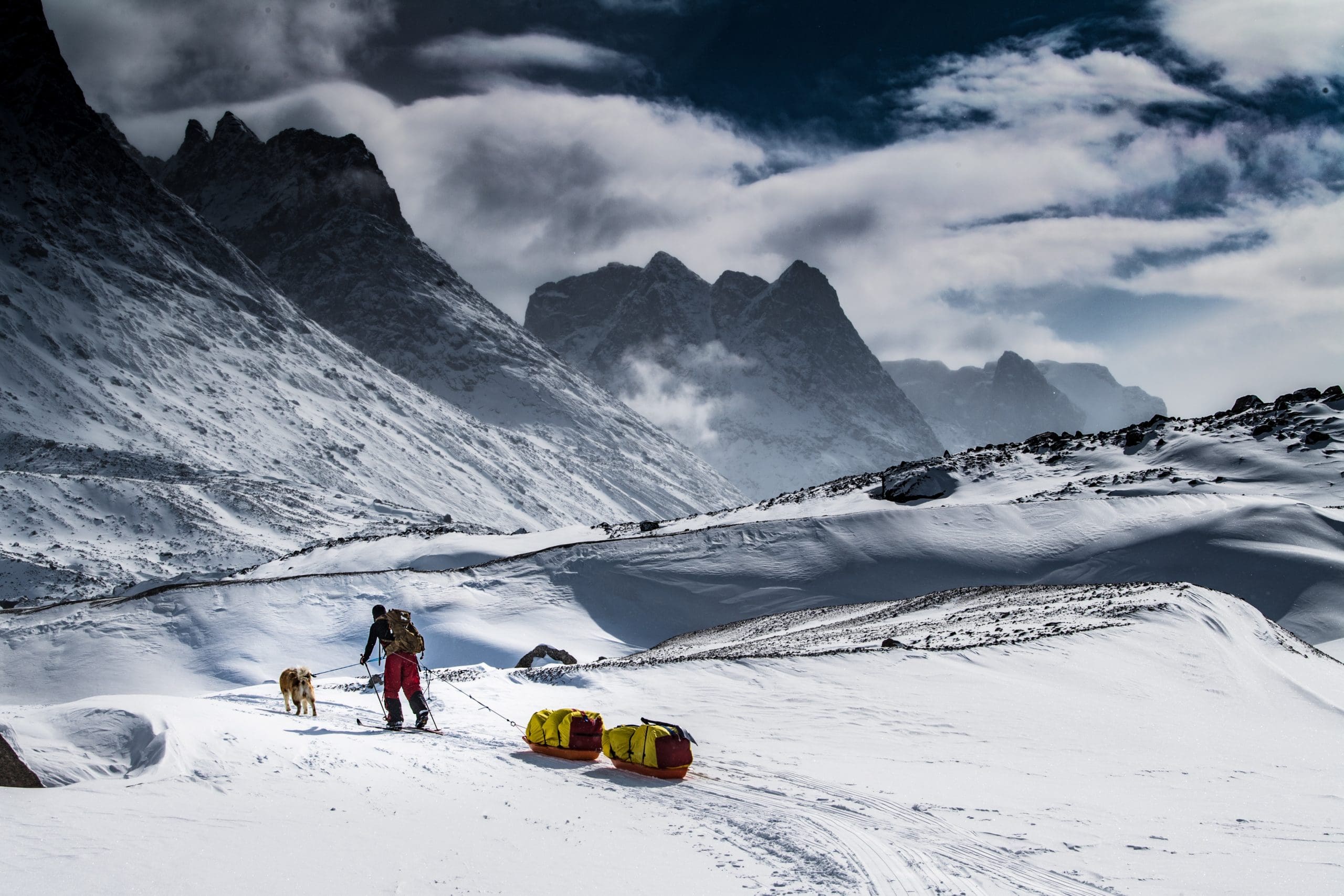
John Huston skijoring through Auyuittuq National Park, Baffin Island, Canada, April 2019. © Michael Martin
Early in my cold weather career, about 20 years ago, foot systems and foot care became an obsession. Happy feet = improved performance. Unhappy feet can land a person somewhere on the spectrum of reduced capacity from: effective but hating it to casualty.
So, ‘preparation is the expedition’ is prime and all encompassing, but ‘feet are the expedition’ isn’t far behind.
For me, in the cold, feet need to be warm, comfortable, and healthy. When these three factors are in order a person doesn’t tend to think about their feet too much. When one of these factors is out of line the opposite is true.
The main ingredients to solving this equation are high quality merino wool socks, moisture management, and foot care routines.
Merino wool socks provide all day comfort and excellent moisture management properties, and have the ability to perform for many days in a row. I’ve worn a lot of different socks for weeks at a time. Merino wool handles grime build up very well compared to synthetics which become odor bombs. My skin is happier in merino wool. When merino wool is wet, it maintains a good deal of it’s insulation value.
Fit and comfort are a big deal to me. The sock needs to feel good when I put it on and it needs to feel good after 12 hours of exertion and it needs be able to repeat that over and over. I love over the calf socks because they rarely slide down or bunch up. I almost frostbit my fingers trying to fix a bunched up sock in –40° and windy.
In most cases, depending on the temperature, duration of the activity, and humidity my foot layering system consists of the following from the inside out.
Foot/Skin
-Ultralight over the calf (OTC) merino wool sock. This is sometimes called a liner sock. Example: Point6 37.5 Ultra Light OTC.
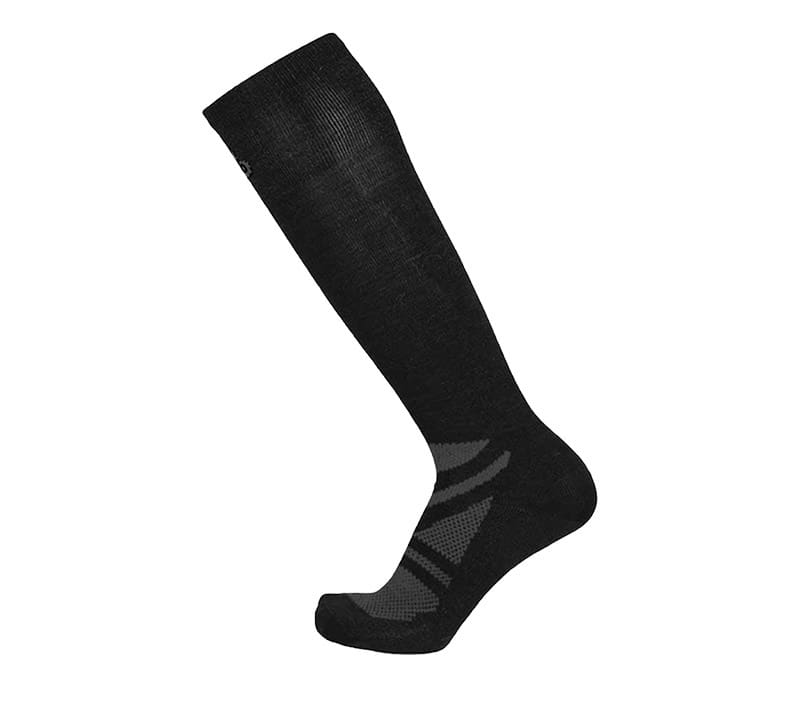
-Vapor liner sock (VBL). This is a thin waterproof sock that keeps all foot perspiration on the innermost layer, which prevents the insulating socks and boot liners from getting wet. I’ve used everything from plastic bags to neoprene to silicon coated nylon taped-seam socks. Point6 is currently prototyping a new vapor liner sock. Plastic bags can work, but lack durability and comfort. Some people like neoprene, but my feet feel like they want to blister when I wear neoprene socks.
-Medium or thick merino wool sock (OTC, mid-calf, or 3/4 calf). The thickness of this sock depends on temperatures and how the sock system fits with my boots. Examples: Point6 37.5 Tactical Operator Heavy Mid-Calf.
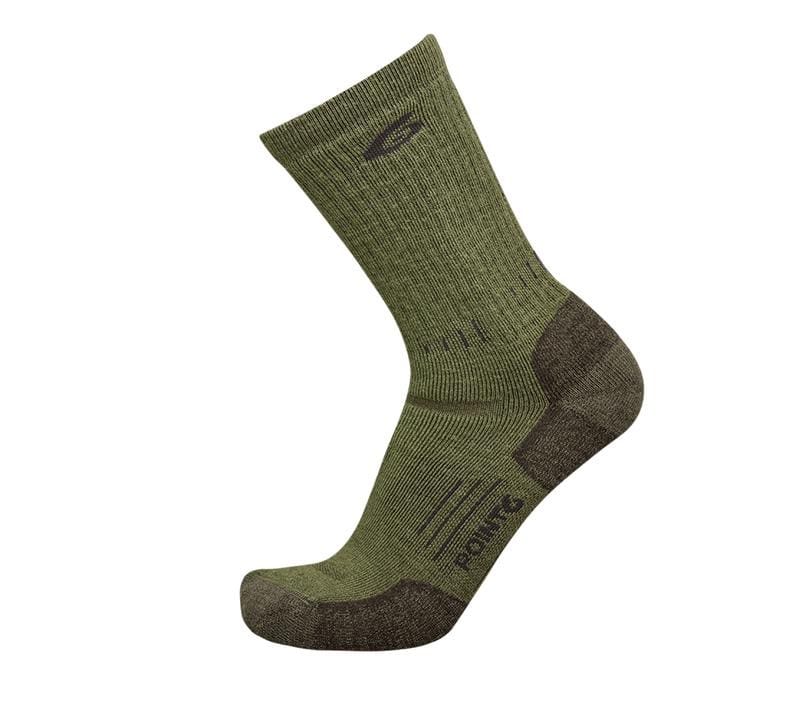
-Winter expedition nordic ski boot. This is another topic, but I’m a big fan of nordic ski boots with removable liners and extra space to allow for sock layering options and flexibility which promotes circulation.
Moisture management has a lot to do with warmth, comfort, and foot health. Feet sweat more than any other part of the body. A pair of feet contain approximately 250,000 sweat glands which can generate 8 oz of sweat per day. That number seems extreme and likely varies person according to person, but it’s pretty easy to see why people can end up with frozen boots in the morning. Most of that sweat has ended up in the fabric and insulation of their boots. In freezing temperatures, especially below zero, the moisture doesn’t get fully pushed (or breathed) into the air because it is too cold – the freezing can be in the boots themselves. This concept applies to clothing and sleeping bags as well.
This is where the vapor liner sock comes in – moisture control. During the day vaper liner socks add warmth because your insulation layers (outer merino wool sock and boot liners/boots) stay dry. Without a VBL those insulation layers will collect perspiration. Insulation works because it traps tiny pockets of air that retain heat. Insulation that contains water or ice is much less efficient and effective. For example, it is possible to warm up cold fingers in damp gloves, but it takes a lot more energy and a lot more work than in dry gloves. Same for feet. VBLs are often worth it to me just for the added warmth, not to mention the reduction in nightly drying chores.
On overnight trips (or even back when staying indoors) a sock system with vapor liner socks is much easier to dry than a ystem without the VBLs. Simply dry the liner socks and the inside of the VBL and you are good to go for the next day. Without the VBL it can take hours to dry outer wool socks, boot liners, and boots.
When I’m guiding I require that my clients wear VBL socks. That way I know their foot insulation layers are going to be dry during the day. And I know that they’ll easily be able to manage drying their socks during the evening. This is no small thing after a long ski day when people want to get into their warm sleeping bags as soon as they can.
Foot care routines are essential to maintaining happy feet. We dry our socks and feet every single night. I designate a thick pair of merino wool socks as sleeping socks that I only wear when I’m sedentary in camp. Every night I’ll put high quality natural hand cream on my feet. I like Burt’s Bees Almond Milk Handcream or Nourish Organic Argan Butter and avoid cream with petroleum products. Every third day we wash our feet with soap and warm water, using an extra mug and a small scrap of a camp towel. With these routines, a high quality sock system, and the right boots – all tested thoroughly prior to a major trip of course – my feet have been a non-issue for several thousand miles of Arctic and Antarctic ski expeditions. Part way through 60-day expeditions I’ve had teammates state that their feet have never felt more healthy, not even at home.
There is also a lot to be said for a good solid specific motion training regime that lets your feet and body know what is coming and allows time for it to adapt. We can discuss training in another post.
Sock systems and foot care routines are very personal. So make it a priority and take the time to experiment and get it right. You’ll enjoy happier days no matter what your endeavor.
Take care of your dogs and they will take care of you.
by John Huston, Polar Explorer
Brought to you by Point6, Merino Mastered
